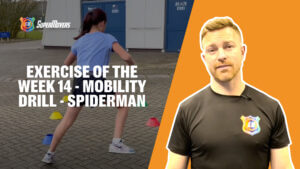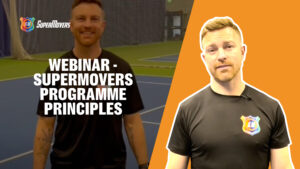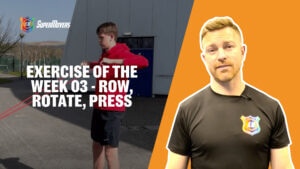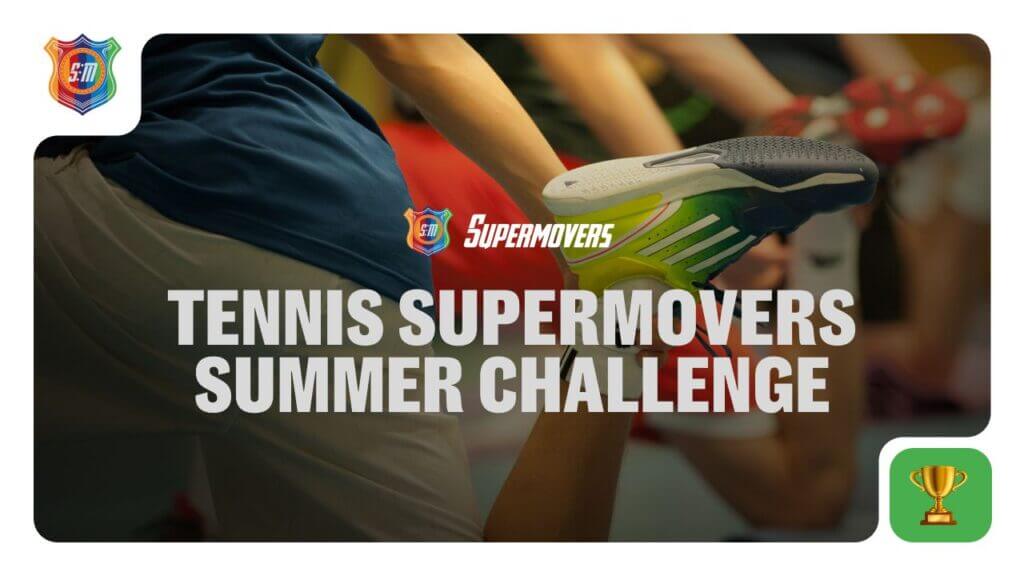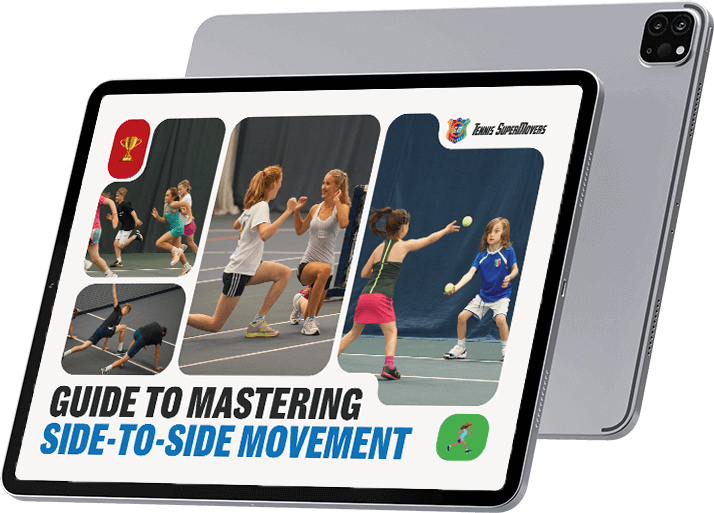Training Grand Slam Fitness Shapes
Training Grand Slam Fitness Shapes
Within the SuperMovers training programme is the SMASH Curriculum, which includes:
Strength, Movement, Agility, Stability, Honing Coordination – to go into a bit more detail on these elements, check out the blog on the 5 building blocks to tennis fitness success – here
Today’s post will focus on the Strength component. There are 6 Foundational Levels within the SuperMovers programme, within each level are 3 sessions based on movement needed on the court – Forward and Back, Side to Side and Multi-Direction. Within each session there are exercises from the SMASH Curriculum as mentioned above, these exercises will complement the type of session. For example, in a Forward and Back session, the Agility drill will develop footwork patterns need to move forward into the court, as well as acceleration and deceleration.
This is the same for the Strength component, each session will variations of:
- Squat Pattern
- Lunge Pattern
- Core Bracing
- Dynamic Core
So if we took the lunge for example, in a Side to Side session, we will use a movement such as the Lateral Lunge, which would help develop the strength and stability to change direction sideways.
The goal is to master these fundamental movement shapes, as the directly underpin The Integrated Tennis Shapes see below, head here for more info on these.
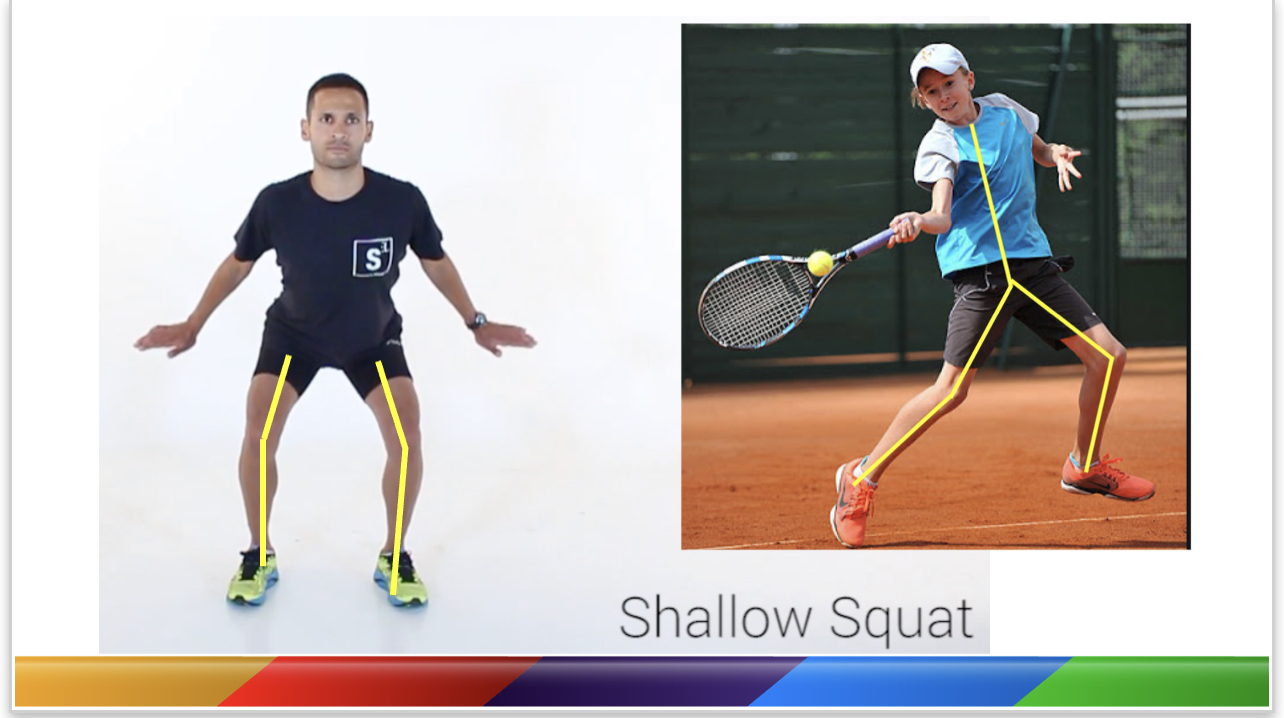
Each Strength movement can help with different aspect of on-court footwork, as well as working together for all round dynamic movement.
Squat Patterns – help lay the foundations for lower body strength and power, they help with the ready position, jumping for the serve and smashes, as well as deceleration.
Lunge Patterns – help with dealing with difficult balls out wide or low volleys, they directly underpin open and closed stances, as well as helping with change of direction mechanics.
Core Bracing – as well as using the core to rotate and bend as in the groundstroke and serves, the core also need to be able to resist movement too, stop the body falling forward, backward, to the side, or over rotating.
Dynamic Core – the core must also connect the lower body to the upper body, so that the player can effectively use the whole ‘chain’. Any weakness in the core will prevent players to be able to create effective power on shots.
The Strength movements also have a secondary role, they help the player’s body to become more robust, therefore reducing the risk of injury and increasing their availability to train and compete – which is where they will become better players.
I wanted to give you an insight into how I coach a couple of these movements, so I’ve added a video teaching the Deep Squat and dynamic core exercise Spiderman, and challenge you to join in too!
This is a video direct from our SuperMovers at Home programme that only requires a small space at home or at the tennis court, if you’re interested in taking a closer look at the programme we use with international competing junior players, head here
Learn more about how to deal with problem parents

